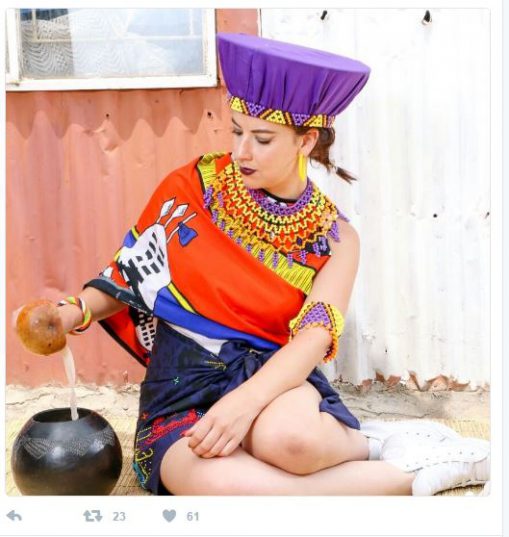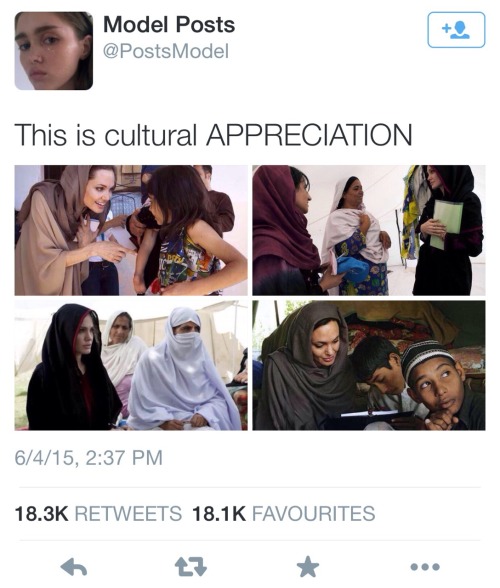Cultural appropriation can be defined as ““cherry picking” or selecting of certain aspects of a culture, and ignoring their original significance for the purpose of belittling it as a trend. Appreciation is honoring and respecting another culture and its practices, as a way to gain knowledge and understanding.”

This topic has been on my mind for the longest time because I noticed the growing number of cultural appropriation taking place, not only on the ramp but in street fashion as well. It’s been a debate for years and even after the message has been put across about the importance of appreciation, appropriation continues to be on the rise. It’s almost as though we’ve become even more insensitive to other people’s cultures.
The cultural appropriation is evident now more than ever at traditional weddings. Young men and women who are not married are spotted inappropriately wearing traditional garments from other cultures (it’s hardly ever their own culture) all in the name of “I can do whatever I want”. But this is somewhat disrespectful to those who place great significant in their heritage. There’s actually nothing wrong with wearing garments from other cultures, just as long as it’s done with dignity and respect. This is what we call Appreciation.
Cultural Appropriation – Khloe Kardashin in Bantu Knots
August 2016, the third born from the Kardashini’s was trending for a picture she put up of herself in Bantu Knots; a hairstyle that originates in southern Africa. What caused a stir was the caption more than the picture. For many people this exposed her ignorance and disrespect for the hairstyle and the culture. Even more ignorant were people who said she is the originator of the hairstyle and she made it fashionable. I’m still not sure if this was a sarcastic comment or people actually believed this.

I can go on and on about other examples like non-African companies selling Dashiki’s and consumers wearing it whenever and wherever. Some colours were meant for celebrations and others are meant to be worn during mourning. Non-Indians offering Henna services at festivals that have nothing to do with the tradition can be seen as cultural appropriation. Another very trendy example is faux locks; one can urgue that it is cultural appropriation because in the Rastafarian culture, dreadlocks are spiritual and holy.

On the flip side, there is Cultural Appreciation – Angelina Jolie
Angelina Jolie is known to do a lot of philanthropy work in Africa. On her visit to Pakistan she wore a hijab. This was not a fashion statement but rather an adaptation of the kind of the environment she found herself in. If you are in the appropriate environment, refusing to participate in the cultural wear is disrespectful (like the saying; “When in Italy you do what the Italians do).

Other examples of Cultural Appreciation is wearing head wraps in appropriate colours, going to an Indian friends wedding wearing a sari and tying the kimono the right way (right over left is how Japanese dress the dead and it’s considered bad luck).
Fast fashion (trends found in retail stores), have a huge responsibility to research trends before they display it to the general public. But the consumer has an even bigger task of choosing; to appropriate or to appreciate.
I won’t lie, I’ve done both; appropriation and appreciation. In fact we all might have done it without being aware of it. The main difference between cultural appropriation and appreciation is that one turns someones tradition and cultural wear into a costume, with no consideration of the meaning and significance.
What’s it gonna be?




No Comments